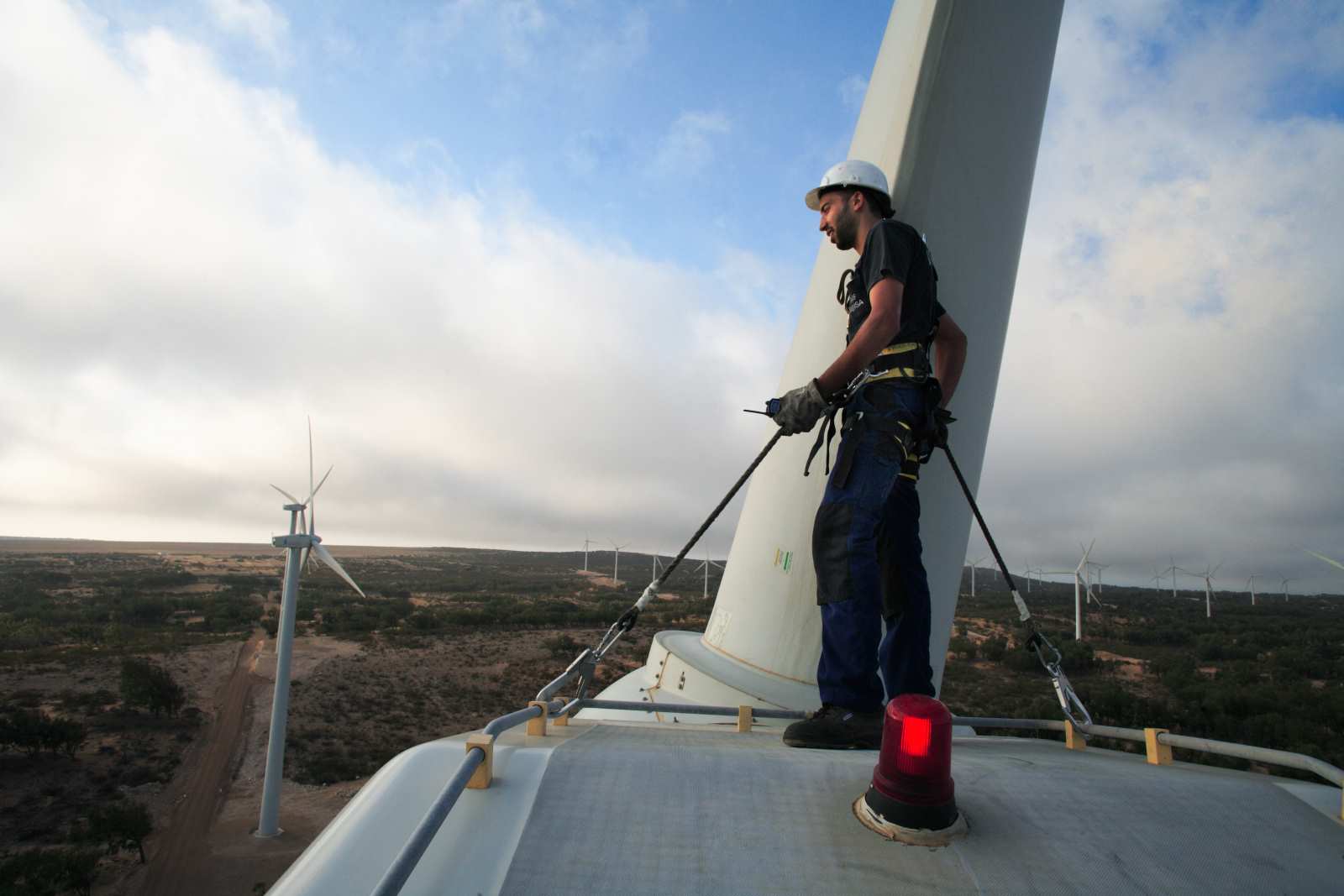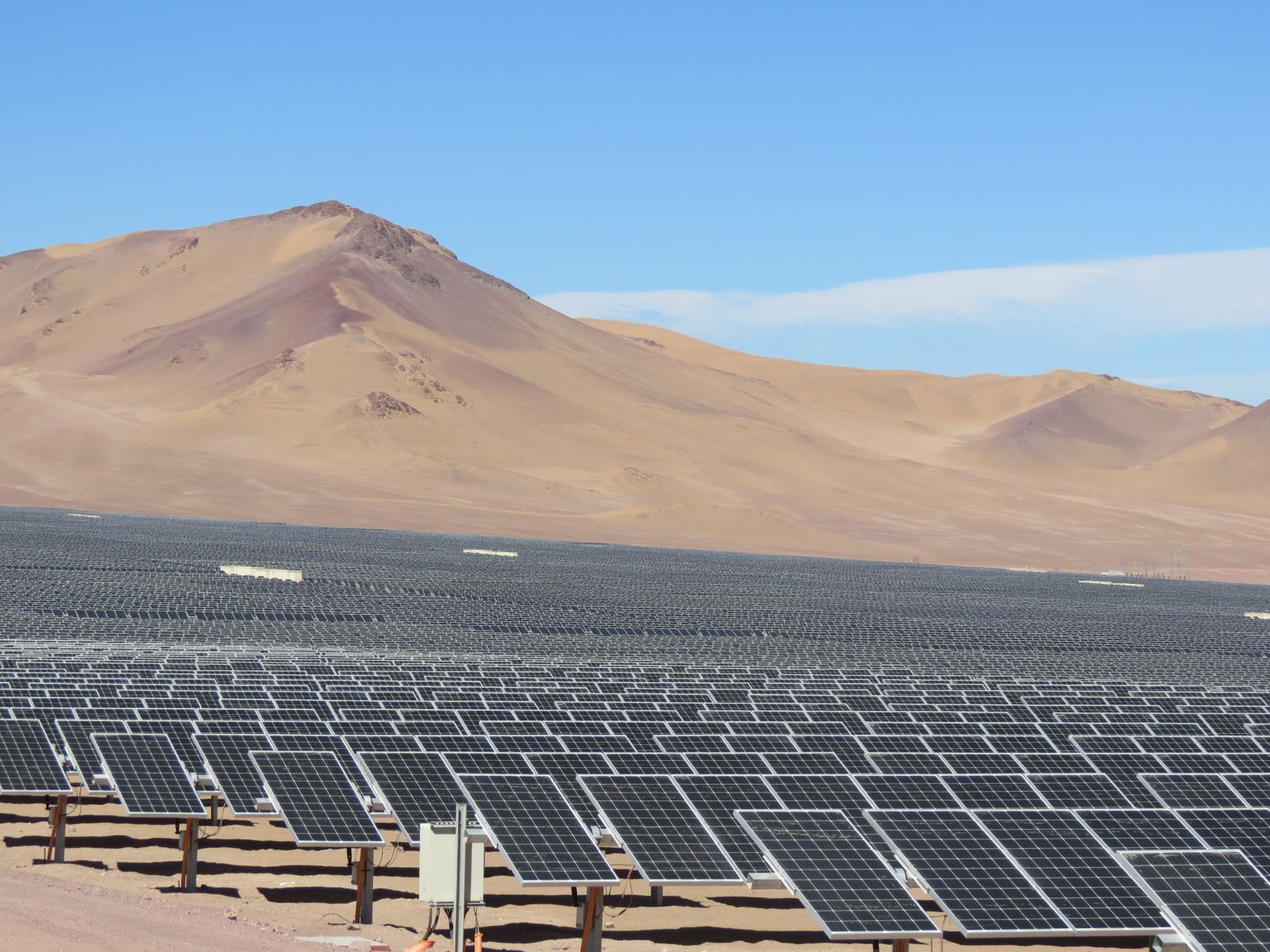Renewables
Networks and storage needed

In view of the climate crisis, the pace of transitioning to sustainable energy needs to accelerate. That said, progress in the energy sector is comparatively strong. It is transforming faster than other climate-relevant sectors, including transport, agriculture or manufacturing.
Renewable energy now accounts for around a third of the global power capacity. In 2018 alone, its share of electricity generation increased by seven percent. For the fourth year in a row, the growth of renewable power generation worldwide has outstripped the growth of fossil and nuclear energy combined.
The EU is also embracing reform and has recently announced a European Green Deal to become climate-neutral by 2050 (see box in Saleemul Huq’s contribution in the Tribune section of D+C/E+Z e-Paper 2020/01). Decarbonising the energy sector is crucial in this context. Countries such as Sweden even want to make all electricity renewable by 2040. International pioneers like Costa Rica already meet 98 % of their electricity requirements from renewable sources and have sights set on reaching 100 % soon.
The main factor driving the fast growth of renewables has been the significant fall in costs. Wind turbines and solar installations have become much cheaper. Since 2010, solar power has become about 90 % less expensive and onshore wind power by around 35 % (see chart). This trend is encouraging ever stronger private sector investment. Falling prices make it feasible for business to engage in renewables-based power-plant planning, finance and operation.
Flexible modern networks
However, one aspect of the energy revolution is still underestimated: the switch from fossil to renewable sources changes the “character” of electricity supply. Once dominated by large, centralised power plants with a transmission infrastructure that had developed over time, the infrastructure now increasingly features small and decentralised power-generation facilities. Some are in remote areas.
As the sun does not always shine and the wind does not always blow, renewable energy is much more variable than the conventional power supply. Therefore grid management is becoming ever more challenging, including the need for specialised digital systems. In other words, power grids have to become more flexible so they fit the new circumstances.
To achieve that, up-to-date grids and storage facilities are needed. Greater distances must be bridged, and provisions must be made for periods of reduced availability. Both tends to be lacking in many places. That is particularly true for developing countries.
The case of China shows what can happen when grids fail to grow in step with power capacity from renewables. The country is one of the leaders in renewable energy, especially wind energy. Wind turbines are being installed at the rate of one an hour. However, entire wind farms must sometimes be taken off grid due to insufficient transmission capacity. As elsewhere, wind farms in China are often in remote areas like mountain ridges, far from the centres of consumption. The result is absurd. A lot of electricity is generated sustainably – but not used.
Electricity storage matters too. The classic solution is to use excess power to pump water into high-level reservoirs which can then drive turbines at a later point in time. In many places, however, it does not work. The reasons include high costs, long planning cycles and topographical conditions. Batteries are thus an increasingly important short-term option.
Hydrogen is another option. Produced by sustainable means, it permits environmentally friendly long-term energy storage. It contains energy that can be used to generate electricity at any time, including seasons with comparatively little wind or sunshine. Hydrogen, moreover, can power fuel cells, for example in transport. Some have suggested that sun-rich developing countries could one day supply large quantities of green hydrogen to the global north. At present, this is still a distant vision – but it would offer huge opportunities for all parties involved.
Energy efficiency the “Cinderella of the energy transition”
Energy efficiency is relevant too. Its potential is far from exhausted. Dubbed the “Cinderella of the energy transition”, the International Energy Agency (IEA) actually considers it the “world’s first fuel”: the reason is that it can be tapped in every single country. It is the most cost-effective way to boost energy security and reduce carbon emissions at the same time. The IEA particularly sees scope for improvement in the heating and cooling systems of buildings and transport.
KfW Developing Bank is involved in the construction of energy-efficient buildings in places like Mexico and Montenegro. The Balkan country plans to equip all of its 2,500 public buildings with up-to-date energy-management systems. “Smart meters” will automatically monitor consumption and feed the readings into a database. They will be combined with better insulation as well as photovoltaic panels for onsite electricity generation and solar thermal systems for heat generation. This way energy consumption can be reduced by 25 % to 80 %. The amount of KfW Development Bank commitments for energy efficiency has increased last year. Plenty potential to support many more meaningful products remains.
Over time, the funding of KfW Development Bank is gradually shifting – away from investing in power-generation capacities towards projects that improve energy systems in a more holistic way (see box). Additional generation capacities will still be needed, of course, but the main goal is to develop markets and mobilise private funding for energy efficiency and reliable infrastructure based on renewables.
As for mobility, the transition to sustainability is only just beginning. What is lacking at present are comprehensive concepts, market-ready technologies, support infrastructure and the will to make it all happen. One thing is obvious nonetheless: transport transition is inseparably linked to energy transition. Only if both are completed, will the greatest transformation since the industrial revolution be achieved.
Friederike Bauer works as a freelance journalist on foreign and development policy issues. She co-wrote this article for KfW.
info@friederikebauer.de
Achim Neumann is senior energy economist at KfW Development Bank.
achim.neumann@kfw.de











